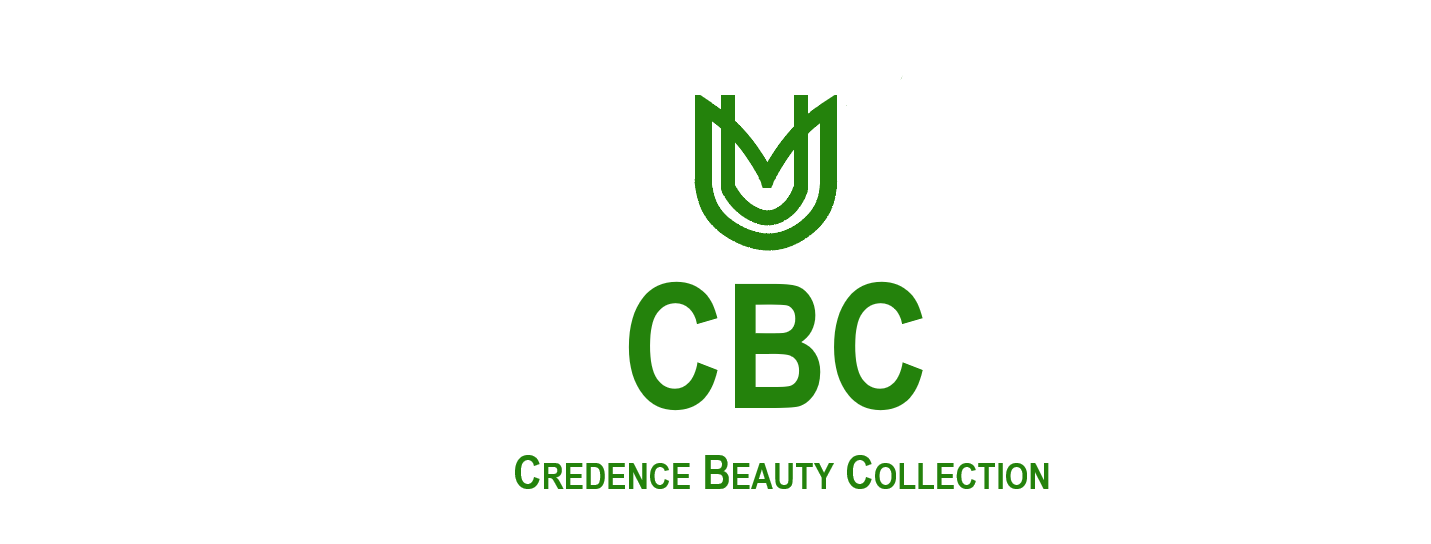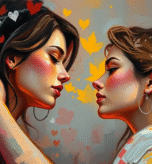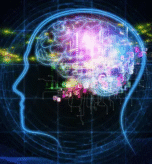The relationship between beauty and truth has been a subject of philosophical debate for centuries. While some argue that beauty is merely a subjective experience, others claim that it is intricately linked with truth. In this article, we will explore the various perspectives on this complex relationship and examine the ways in which beauty and truth intersect.
The Classical View: Beauty as a Reflection of Truth
In ancient Greece, philosophers such as Plato and Aristotle believed that beauty was a reflection of truth. According to this view, beauty is not just a matter of personal taste, but rather an objective quality that reveals the underlying truth of reality. Plato argued that beauty is a transcendent, eternal, and immutable concept that exists independently of human experience. He believed that beautiful things are mere approximations of this ideal beauty, which is ultimately a reflection of the truth.
The Romantic View: Beauty as a Path to Truth
In contrast, Romantic philosophers and artists saw beauty as a path to truth. They believed that beauty has the power to reveal deeper truths about human experience and the natural world. According to this view, beauty is not just a matter of aesthetics, but a way of accessing the sublime, the mysterious, and the unknown. Romantic poets and artists sought to capture the beauty of nature, human emotions, and the human condition, believing that these expressions would reveal profound truths about existence.
The Modern View: Beauty as a Construct
In modern times, the relationship between beauty and truth has become more complicated. Many philosophers and artists argue that beauty is a social construct, shaped by cultural, historical, and personal factors. According to this view, beauty is not an objective quality, but rather a subjective experience that varies from person to person and culture to culture. This perspective suggests that beauty is not necessarily linked to truth, but rather is a product of human creativity and perception.
The Intersection of Beauty and Truth
Despite these differing perspectives, there are several ways in which beauty and truth intersect. Firstly, beauty can be a powerful tool for revealing truth. Art, literature, and music have long been used to express complex ideas, emotions, and experiences in a way that transcends rational discourse. By engaging our emotions and imagination, beauty can convey truths that might otherwise be difficult to articulate.
Secondly, beauty can be a reflection of truth in the sense that it often reveals the underlying structure and order of things. In mathematics, for example, beautiful equations and proofs often reveal profound truths about the nature of reality. Similarly, in science, beautiful theories and models can provide insight into the workings of the natural world.
The Limits of Beauty
However, beauty is not always a reliable guide to truth. Our perceptions of beauty are often influenced by cultural and personal biases, which can lead us astray. Moreover, beauty can be used to manipulate and deceive, as in the case of propaganda or advertising. In these contexts, beauty is used to obscure or distort the truth, rather than reveal it.
Conclusion
The relationship between beauty and truth is complex and multifaceted. While some argue that beauty is a reflection of truth, others see it as a path to truth or a social construct. Ultimately, beauty and truth intersect in various ways, and beauty can be a powerful tool for revealing truth. However, beauty is not always a reliable guide to truth, and we must approach it with a critical and nuanced perspective. By recognizing the complex relationship between beauty and truth, we can appreciate the ways in which beauty can enrich our understanding of the world and ourselves



